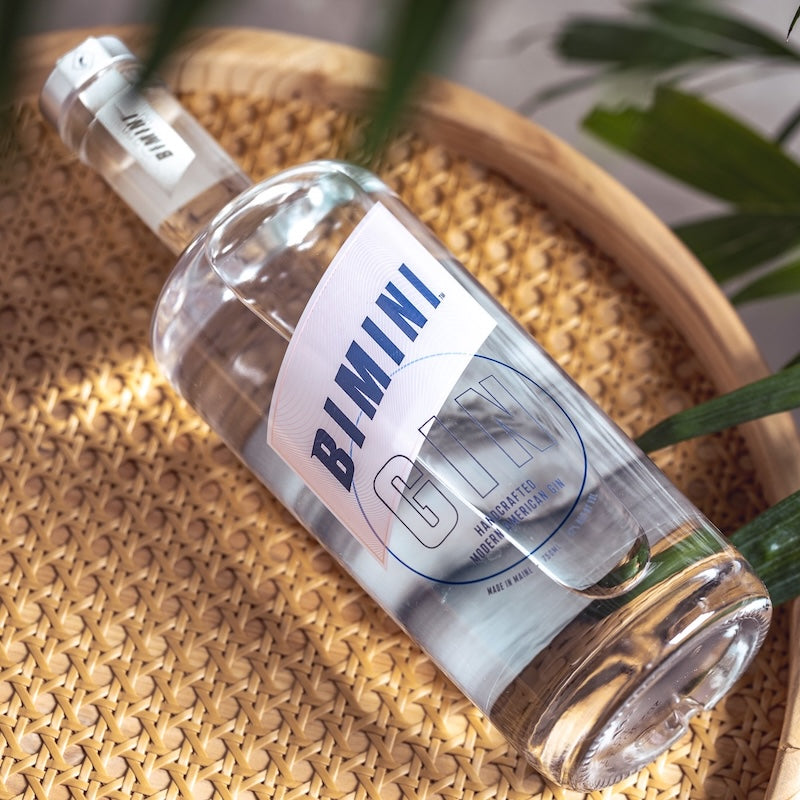Shop + Learn: Botanical Spirits
On the nose, gins are often bright, alcoholic, and noticeably forest-y thanks to the juniper. Aquavit, a native of Scandinavia, on the other hand, is typically dominated by either caraway or anise in place of juniper, making for a spicy, savory cocktail. But each brand has unique characteristics driven by their botanical makeup on top of those cores, and each will steer cocktails in different direction. With the craft spirit movement in full swing worldwide, gin has become a way for producers to identify a sense of place through botanicals. The result is a golden age of botanical spirits, and we can now choose from a larger palette of selections than ever. Here, we focus on just a few, but your local bottle shop is a wonderful place to peruse & learn.
-
Vendor:Round Turn Distilling
Bimini Barrel Reserve No. 1 Gin
Regular price $36.99Regular priceUnit price per
-
Vendor:Round Turn Distilling
Bimini Coconut Gin
Regular price $36.99Regular priceUnit price per
-
Vendor:Round Turn Distilling
Bimini Gin
Regular price $31.99Regular priceUnit price per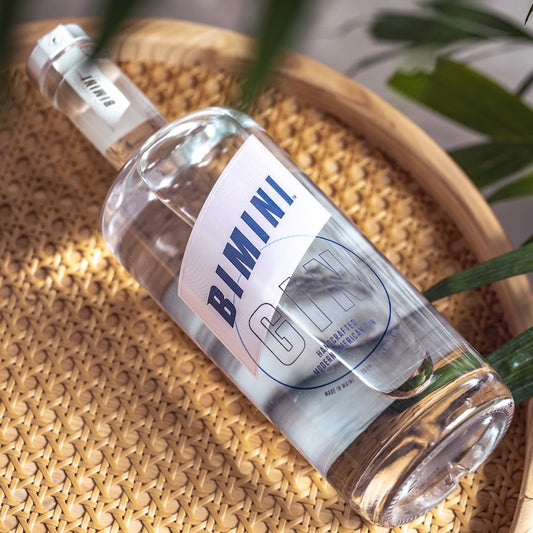
-
Vendor:Round Turn Distilling
Bimini Overproof Gin
Regular price $36.99Regular priceUnit price per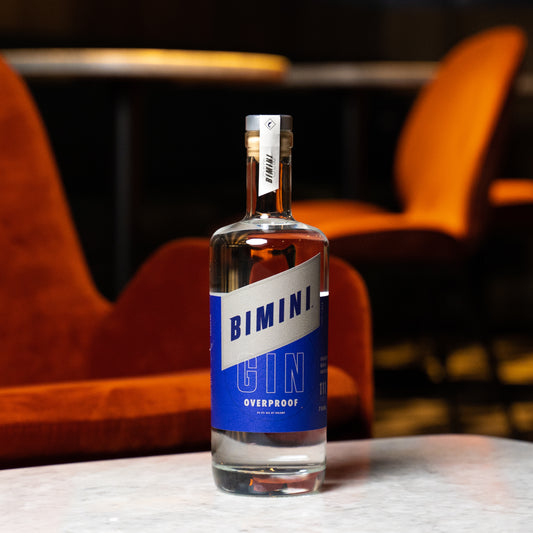
-
Vendor:Manly Spirits Co. Distillery
Manly Spirits Australian Dry Gin
Regular price $34.99Regular priceUnit price per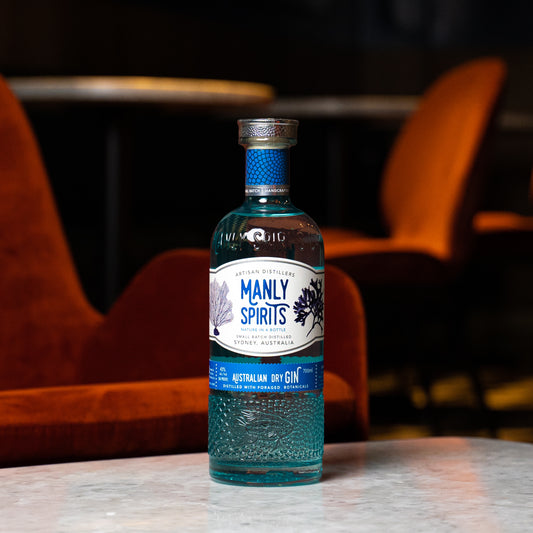
-
Vendor:Manly Spirits Co. Distillery
Manly Spirits Coastal Citrus Gin
Regular price $34.99Regular priceUnit price per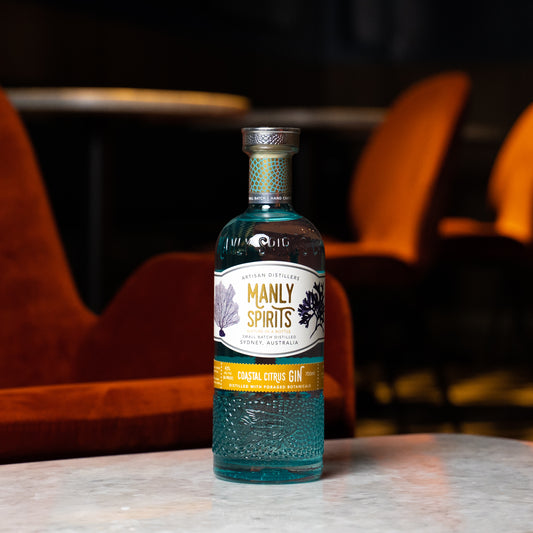
-
Vendor:Manly Spirits Co. Distillery
Manly Spirits Lilly Pilly Pink Gin
Regular price $34.99Regular priceUnit price per
-
Vendor:Manly Spirits Co. Distillery
Manly Spirits Lilly Pilly Pink Gin Zero Proof (Non-Alcoholic)
Regular price $28.00Regular priceUnit price per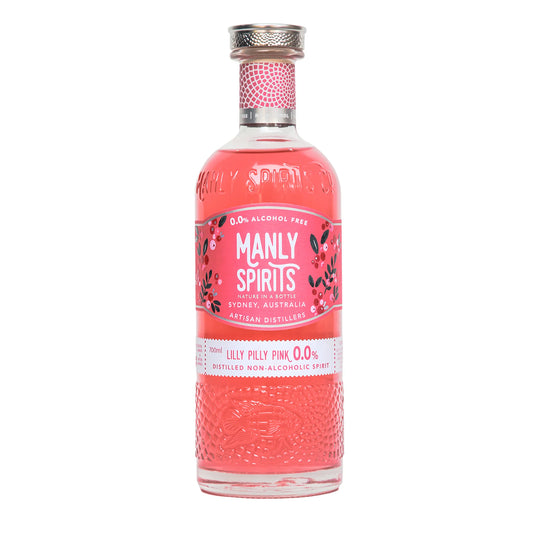
Fellow Classics: Fresh Gimlet
As Death & Co extensively explained in Cocktail Codex, every recipe is a riff on a classic. Here, we offer guidance on these templates as a great starting point for any original creation.
Fellow Tips: We swap the classic lime cordial for fresh lime juice, essentially making it a Daiquiri made with gin, to get a bright pop of citrus.











